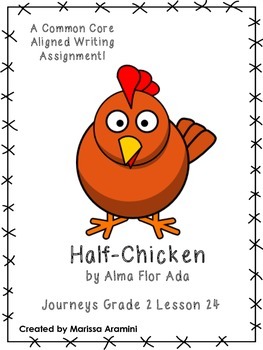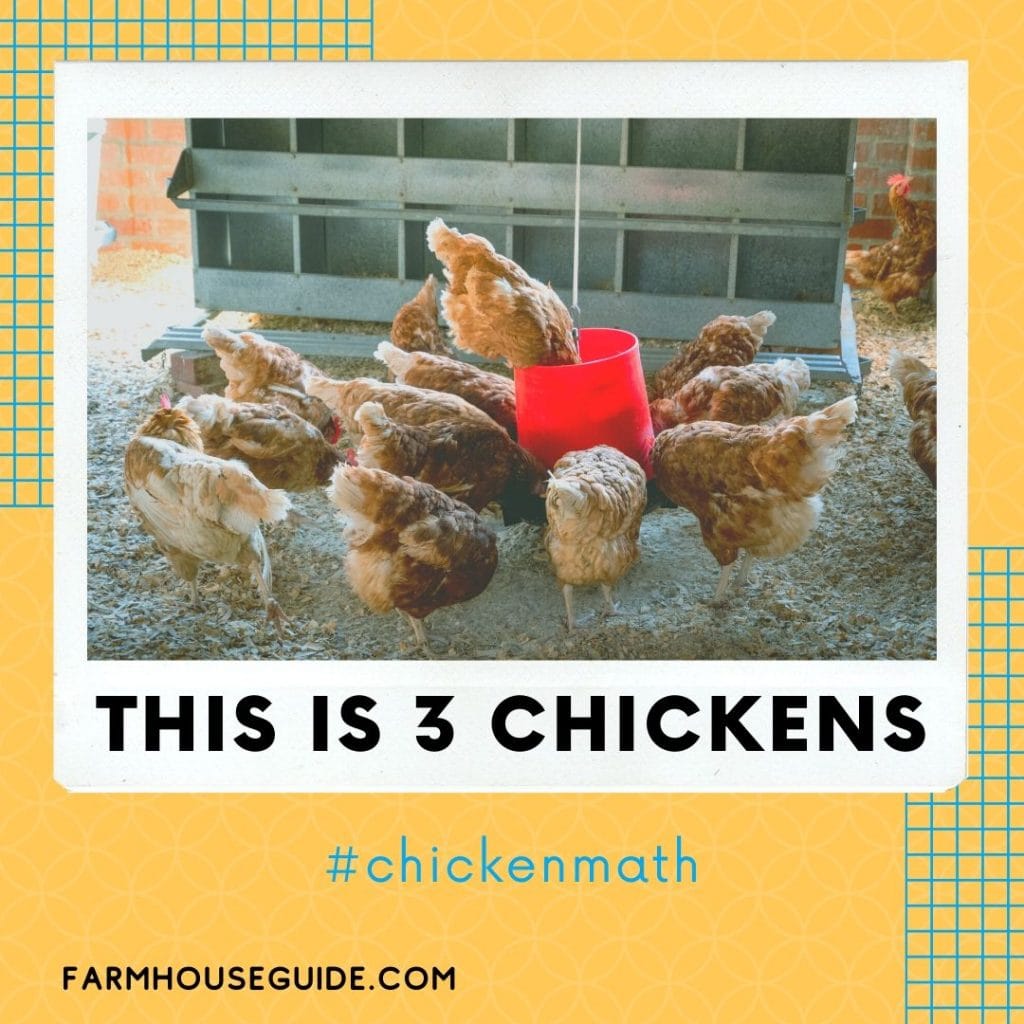

Here we discuss both Drawing a Picture and Drawing a Diagram. Since there are problems where using equipment is a better strategy than drawing, you should encourage students' use of equipment by modelling its use yourself from time to time. This may be because it gives them a better representation of the problem in hand. Some students need to be encouraged and helped to use equipment. The students need to be encouraged to keep track of their working as they manipulate the equipment. Generally speaking, any object that can be used in some way to represent the situation the students are trying to solve, is equipment. One of the difficulties with using equipment is keeping track of the solution. Use Equipment is a strategy related to Act it Out.This is because the participants are so engrossed in the mechanics of what they are doing that they don’t see the underlying mathematics. Sometimes the students acting out the problem may get less out of the exercise than the students watching. On the other hand, it can also be cumbersome when used by groups, especially if a largish number of students is involved. This is an effective strategy for demonstration purposes in front of the whole class. In the Farmyard problem, the students might take the role of the animals though it is unlikely that you would have 87 students in your class! But if there are not enough students you might be able to include a teddy or two. Students themselves take the role of things in the problem. Young students especially, enjoy using Act it Out.We put two strategies together here because they are closely related. In some problems though, where there are more variables, it may not be clear at first which way to change the guessing.
#Chicken math list how to#
In relatively straightforward problems like that, it is often fairly easy to see how to improve the last guess. You can see it in action in the Farmyard problem. The idea is that you use your first incorrect guess to make an improved next guess.

Hopefully that exploration will lead to a more efficient strategy and then to a solution. However, sometimes when students are completely stuck, guessing and checking will provide a useful way to start to explore a problem. As problems get more difficult, other strategies become more important and more effective. This is a strategy that would certainly work on the Farmyard problem described below but it could take a lot of time and a lot of computation.īecause it is so simple, you may have difficulty weaning some students away from guess and check. If they can also check that the guess fits the conditions of the problem, then they have mastered guess and check.

Strategies are things that Pólya would have us choose in his second stage of problem solving and use in his third stage ( What is Problem Solving?).


 0 kommentar(er)
0 kommentar(er)
